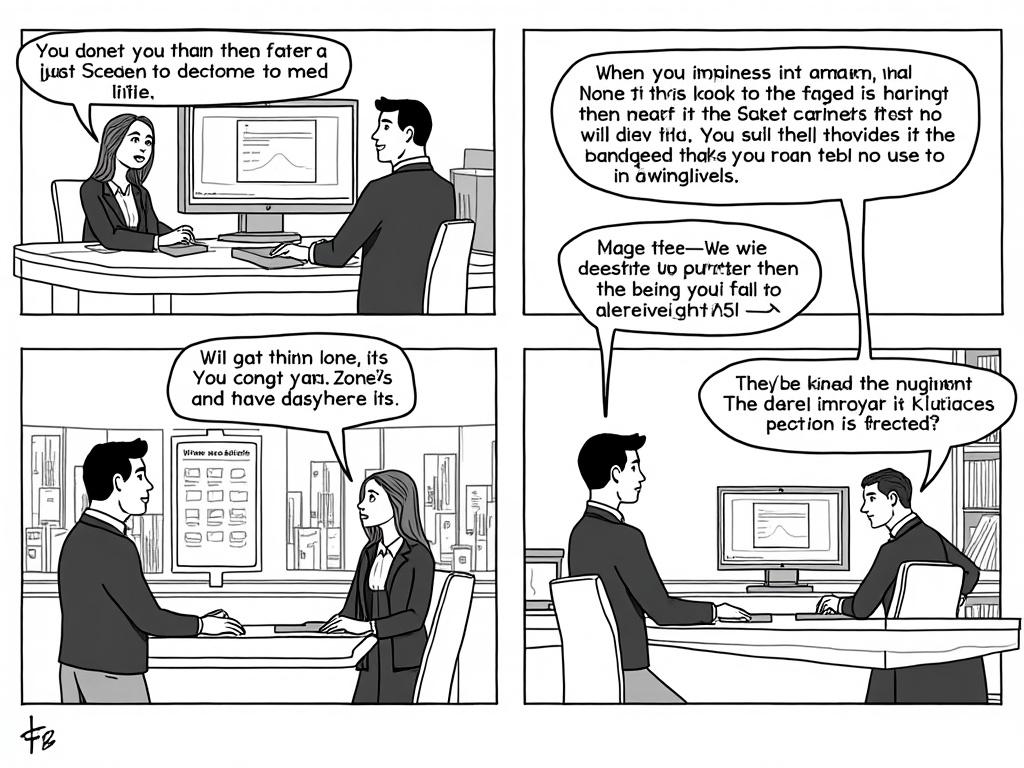
Insurance for Real Estate Investors: Protecting Your Property Assets
Reading time: 12 minutes
Ever felt overwhelmed by the insurance maze surrounding your real estate investments? You’re not alone. Property insurance isn’t just another line item on your expense sheet—it’s the safety net between you and financial catastrophe. Let’s cut through the confusion and build a bulletproof protection strategy.
Table of Contents
- Understanding Real Estate Investment Insurance Basics
- Essential Coverage Types for Property Investors
- What Drives Insurance Costs (And How to Control Them)
- Strategic Policy Selection for Different Property Types
- Avoiding Costly Insurance Mistakes
- Building Your Insurance Fortress: A Strategic Roadmap
- Frequently Asked Questions
Understanding Real Estate Investment Insurance Basics
Here’s the straight talk: Standard homeowner’s insurance won’t cut it for investment properties. The moment you rent out that property, you’ve crossed into commercial territory, and your coverage needs change dramatically.
Think about Sarah, a nurse who bought her first duplex in Portland. She assumed her regular homeowner’s policy would transfer over. When a tenant’s kitchen fire caused $45,000 in damages, she discovered her policy excluded rental income loss and had limited coverage for tenant-caused damage. That expensive lesson taught her what every investor needs to know upfront.
The Investment Property Reality Check
Investment properties face unique risks that personal residences don’t encounter:
- Higher liability exposure from tenant injuries and property access
- Income interruption risks when properties become uninhabitable
- Tenant-related damages beyond normal wear and tear
- Vacancy periods that still require full coverage
According to the National Association of Insurance Commissioners, investment property claims average 23% higher than owner-occupied homes, primarily due to delayed damage discovery and increased liability incidents.
Key Insurance Categories for Investors
Your insurance strategy should encompass three primary protection layers:
Property Protection: Covers the physical structure and your investment in improvements
Liability Shield: Protects against lawsuits from tenant injuries or property-related incidents
Income Security: Maintains cash flow when rental income stops due to covered damages
Essential Coverage Types for Property Investors
Let’s dive deep into the coverage types that separate smart investors from sorry ones. Each serves a specific purpose in your protective arsenal.
Dwelling Fire Insurance: Your Foundation Coverage
This is your bread-and-butter protection, covering the physical structure against fire, wind, hail, and other specified perils. But here’s where many investors stumble—they underinsure based on purchase price rather than replacement cost.
Pro Tip: Get a replacement cost estimate every three years. Construction costs fluctuate significantly, and being underinsured by even 10% can trigger coinsurance penalties that reduce your claim payments.
Landlord Insurance: The Comprehensive Solution
This specialized coverage combines property protection with landlord-specific benefits:
- Malicious damage by tenants
- Loss of rental income during repairs
- Legal expenses for tenant disputes
- Alternative accommodation costs for displaced tenants
Umbrella Liability: Your Lawsuit Shield
Consider this scenario: A delivery driver slips on your property’s icy steps and suffers permanent disability. The resulting lawsuit seeks $2 million in damages. Your standard policy covers $300,000. That $1.7 million gap could bankrupt your investment portfolio.
Umbrella policies provide additional liability coverage starting where your primary policies end. For real estate investors, $1-2 million minimum coverage is standard, with many experts recommending coverage equal to your net worth.
Comparative Coverage Analysis
| Coverage Type | Average Annual Cost | Key Benefits | Best For | Coverage Limits |
|---|---|---|---|---|
| Basic Fire Policy | $400-800 | Fire, lightning, explosion | Low-risk properties | Structure only |
| Landlord Package | $1,200-2,400 | Comprehensive + rental income | Active rental properties | Full replacement + income |
| Commercial Property | $2,000-4,000 | Business interruption included | Large portfolios | Customizable limits |
| Umbrella Liability | $300-500 | Excess liability protection | All property investors | $1M+ additional coverage |
What Drives Insurance Costs (And How to Control Them)
Understanding cost drivers helps you make strategic decisions about coverage versus expense. Let’s examine the factors that impact your premiums and actionable ways to manage them.
Primary Cost Influencers
Property Age and Condition: Older properties with outdated electrical, plumbing, or HVAC systems face higher premiums. A 1970s property might cost 30-40% more to insure than a similar 2010 build.
Location Risk Factors: Proximity to fire stations, crime rates, and natural disaster zones significantly impact costs. Properties in FEMA flood zones require separate flood insurance, adding $500-2,000 annually.
Tenant Quality and Property Management: Well-managed properties with tenant screening processes often qualify for discounts. Some insurers offer 5-15% reductions for properties managed by certified property management companies.
Strategic Cost Management Techniques
Insurance Cost Reduction Strategies
Up to 25% savings
10-15% reduction
5-12% discount
8-20% premium reduction
Take Marcus, who owns 12 rental units across three states. By bundling all properties with one insurer, installing monitored security systems, and raising deductibles to $2,500, he reduced his annual insurance costs from $18,000 to $13,200—a $4,800 annual savings that pays for property improvements.
Strategic Policy Selection for Different Property Types
Not all investment properties are created equal, and your insurance strategy shouldn’t be either. Let’s match coverage strategies to specific property types and investment approaches.
Single-Family Rental Homes
For single-family properties, landlord insurance packages typically provide the best value. Focus on replacement cost coverage for the dwelling and consider actual cash value for personal property (appliances you provide).
Essential considerations:
- Ensure coverage includes detached structures (garages, sheds)
- Add loss of rental income for 12 months minimum
- Include ordinance and law coverage for code upgrade requirements
Multi-Unit Properties
Duplexes, triplexes, and small apartment buildings require more sophisticated coverage. Commercial policies often provide better protection than residential landlord policies for properties with 3+ units.
Consider Jennifer’s experience with her 4-unit building in Denver. Initially covered under a residential policy, she discovered after a major water damage claim that her policy limited coverage per unit rather than providing full building replacement cost. Switching to a commercial policy increased her premium by $800 annually but provided $150,000 additional coverage—a wise investment that paid off during the next claim.
Commercial and Mixed-Use Properties
These properties require commercial insurance with business interruption coverage. Work with agents who specialize in commercial real estate to ensure proper coverage for tenant improvements, signage, and business income loss.
Avoiding Costly Insurance Mistakes
Let’s address the expensive mistakes that catch even experienced investors off guard. These aren’t theoretical scenarios—they’re real situations that have cost investors hundreds of thousands.
The Underinsurance Trap
This is the most common and costly mistake. Many investors insure based on purchase price or market value rather than replacement cost. Here’s why this backfires:
If your property would cost $300,000 to rebuild but you carry only $240,000 coverage (80% of replacement cost), you’re subject to coinsurance penalties. On a $60,000 claim, you’d receive only $48,000—the insurance company penalizes you for being underinsured.
Solution: Get professional replacement cost estimates and update them every 2-3 years. Factor in current construction costs, not historical prices.
The Vacancy Clause Surprise
Most policies include vacancy clauses that suspend or reduce coverage if properties remain vacant for 30-60 days. This caught Detroit investor Robert off guard when a pipe burst in a property vacant for 45 days during tenant turnover. His $25,000 water damage claim was denied due to the vacancy clause he’d never noticed.
Prevention strategy: Negotiate vacancy clauses to 60-90 days minimum, and consider vacancy permits for longer vacancies.
Mixing Business and Personal Coverage
Using personal auto insurance while conducting property management activities or personal liability coverage for investment properties creates dangerous gaps. Keep business and personal insurance separate and ensure adequate commercial coverage.
Building Your Insurance Fortress: A Strategic Roadmap
Ready to transform your insurance from a necessary evil into a competitive advantage? Here’s your actionable roadmap for creating bulletproof protection that scales with your portfolio growth.
Phase 1: Foundation Assessment (Weeks 1-2)
- Audit existing coverage: Create a spreadsheet listing all properties, current coverage types, limits, and premiums
- Identify gaps: Compare actual coverage against replacement costs and rental income potential
- Document property improvements: Maintain records of upgrades that increase replacement costs
Phase 2: Strategic Restructuring (Weeks 3-4)
- Shop specialized insurers: Contact 3-5 companies that focus on investment property coverage
- Bundle opportunities: Evaluate multi-policy discounts across your entire portfolio
- Optimize deductibles: Balance premium savings against out-of-pocket risk tolerance
Phase 3: Implementation and Monitoring (Ongoing)
- Annual reviews: Schedule yearly coverage assessments with policy renewals
- Claims management: Develop relationships with preferred contractors and document all improvements
- Portfolio scaling: Establish procedures for adding new properties to existing coverage frameworks
Remember: Insurance isn’t just about recovering from disasters—it’s about maintaining the cash flow and asset protection that keeps your investment strategy viable long-term. The most successful real estate investors view insurance as a profit protection tool, not just an expense.
As the real estate investment landscape continues evolving with new regulations, climate risks, and liability exposures, how will you ensure your protection strategy evolves too? The difference between thriving and surviving often comes down to the insurance decisions you make today.
Frequently Asked Questions
How much should I expect to pay for investment property insurance compared to homeowner’s insurance?
Investment property insurance typically costs 15-25% more than comparable homeowner’s coverage. For a $200,000 rental property, expect annual premiums between $1,200-2,400, compared to $800-1,500 for owner-occupied coverage. The increase reflects higher liability risks, loss of rental income coverage, and tenant-related damages that aren’t covered under personal policies.
Do I need separate insurance for each rental property I own?
Not necessarily. While each property needs coverage, you can often bundle multiple properties under a single commercial policy or landlord package, which typically reduces overall costs by 10-20%. However, properties in different states require separate policies due to varying state insurance regulations. Consult with a commercial insurance agent to determine the most cost-effective structure for your portfolio size and geographic spread.
What happens to my insurance coverage during property renovations?
Standard policies may exclude coverage during major renovations, or they might require you to notify the insurer of significant improvements. Always inform your insurance company before starting renovations exceeding $10,000 in value. Many insurers offer builder’s risk policies or renovation endorsements to maintain coverage during construction. Failure to notify your insurer could result in denied claims if damage occurs during renovation periods.

Article reviewed by Aino Koskinen, Business Growth Consultant | Scaling Companies with Data-Driven Strategies, on July 7, 2025
